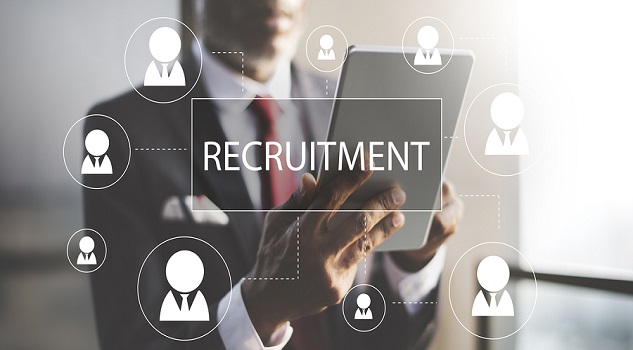When you think about diversity in your workforce, what springs to mind? Gender, abilities, cultural and linguistic diversity? We know that a diverse workforce brings many benefits. But do you include a range of ages as ticking the diversity box? Employers have a responsibility to prevent age discrimination in the workplace, but beyond that, managing diverse and inclusive multigenerational teams is critical to ensuring a productive and high-performing workforce.
Attracting and retaining older workers and tapping into the benefits of a multigenerational workforce, brings many advantages for small businesses. Diversity of skills and ideas, enhanced productivity and innovation can only come with having diversity high on your recruitment strategic agenda.
Of 1,109,188 receiving JobSeeker and Youth Allowances in June 2021, 452,755 were aged 45-64 years. This represents nearly half of people actively looking for work.
What does this mean for small businesses? If you don’t consider these age groups, you are reducing your potential recruitment pool by 50 per cent. This number is growing as our society ages. Age discrimination continues to be an issue in many Australian workplaces. But surely 45 is not considered “older”? The age at which workers are considered “older” is becoming progressively younger, and about a quarter of Australian businesses say they are reluctant to hire older workers.
So, if 50 per cent of jobseekers are considered “older” and Australian small businesses need to recruit staff as they grow, why are they reluctant to hire older workers? Ageism as with any “ism” expressed during recruitment in Australia manifests as an unconscious bias towards older workers. Ageist myths include assumptions that an older worker will retire soon so you won’t achieve a return on the recruitment investment, they don’t have up-to-date skills, or they are overqualified. It is assumed they are not willing to learn new skills, new ways of working or pursue professional development, that they don’t have the digital literacy or the physical fitness or health to perform the role. Are these assumptions realistic?
In 2019, Council on the Ageing (COTA) Victoria together with our partners RMIT, Future Social Services Institute and Good Shepherd Australia and New Zealand and with the support of Department of Social Services commenced a pilot project to test what would be needed to retrain older unemployed jobseekers.
The first cohort started their Certificate III two weeks before the pandemic hit Australia in March 2020. Some didn’t have internet in their homes, but had to move online to commence and complete their course. The age range of the participants in the trial was 50 to 75 years old. Last month 30 of the original 37 graduated and the majority secured employment prior to graduation.
The cohort represented a group of people, diverse in age, physical abilities, experience, skills and culture. They demonstrated a willingness to engage in education and learn new skills. With some encouragement from the sidelines and some practical assistance in IT, study techniques and interview skills, they exceeded all their own expectations and achieved their employment goals.
Our oldest trial participant was 75 when he completed his Certificate III changing from a career in aviation, to a personal care worker. It doesn’t sound like he is going to retire any time soon. Older workers often look for work-life balance so those who might have had a high-level stressful career, might search for a different role to reduce their hours and do rewarding work that gives meaning and purpose.
Generally, Australians are living longer and healthier lives, so don’t assume someone is unfit for the roles you have on offer, just because they are older. People in their 50s, 60s, and 70s form a highly diverse group, with varying levels of fitness, skills, experience and maturity. And as they are 50 per cent of the recruitment pool it is worth adding age diversity to your diversity agenda.










